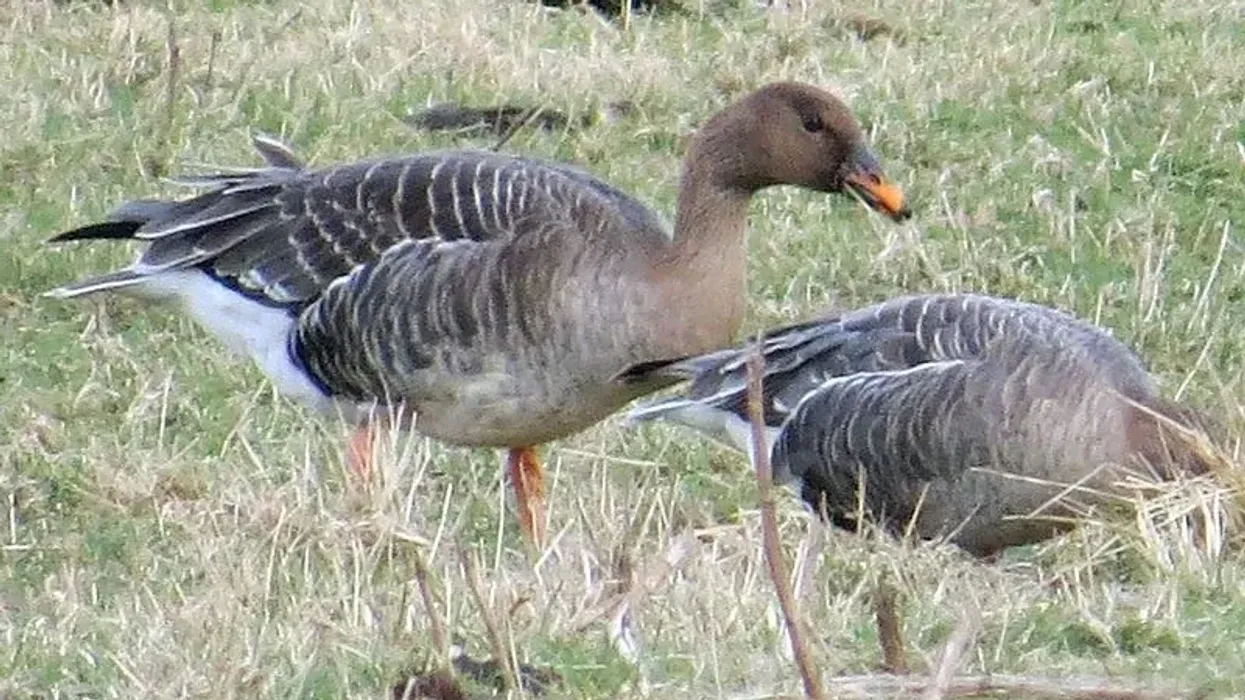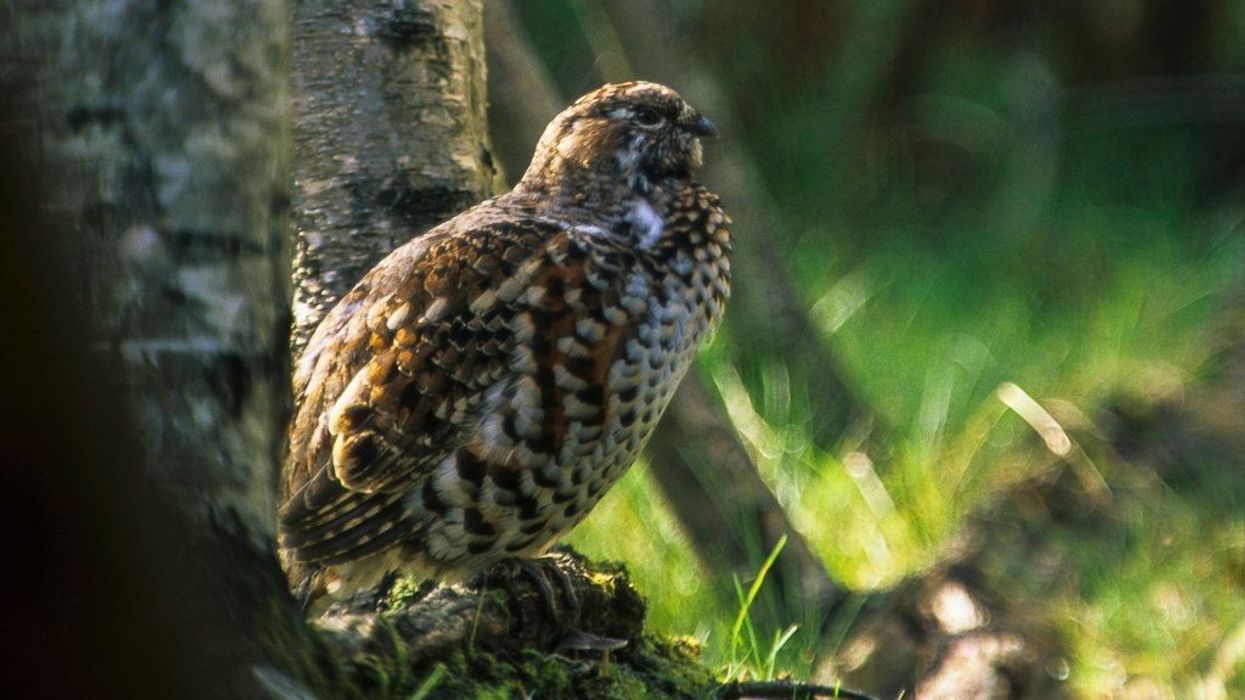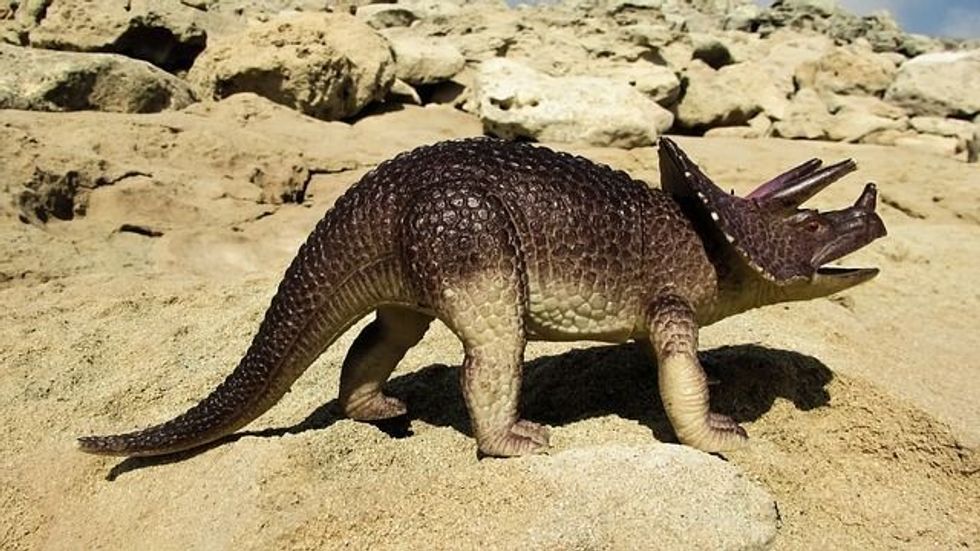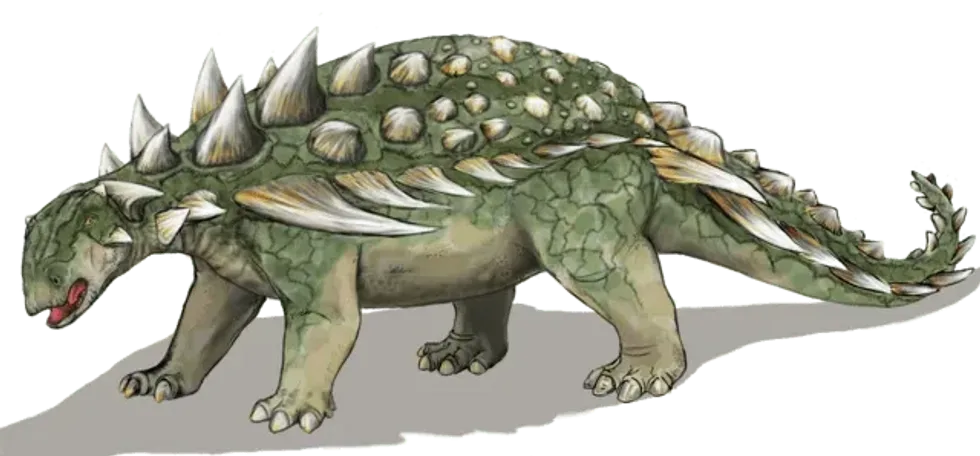The taiga bean goose (Anser fabalis) is a kind of goose whose population is mainly found in Europe and Asia, though it has also been an extremely rare visitor in the United States and Canada in North America.
It is a migratory species and leaves eastern and northern Europe, where it breeds, in September to migrate to the western and southern part of Europe including Ireland, the United Kingdom, Spain, and Switzerland for wintering there. This bird is characterized by the orange band on the base of its black bill and its orange legs.
This species also has four subspecies that have a significant and complex variation in their body and bill size from the taiga goose.
There are a number of species associated with the taiga bean goose.
The tundra bean goose (Anser serrirostris) and taiga bean goose are two distinct species, but are sometimes seen as a single species by some authorities because of their many similar features, and are collectively called bean goose.
Another closely related species to the taiga bean goose is the pink-footed goose, which looks very similar to the former species except for its pink feet and lack of an orange band on its bill. Instead, the pink-footed goose has a pink band on its bill.
The type species for these birds is the graylag goose (Anser anser), and the taiga bean goose shares a lot of features and characteristics with it as well.
If you want to check out more interesting facts about other birds, check out our swan goose fun facts and azure winged magpie facts pages.
Taiga Bean Goose Interesting Facts
What type of animal is a taiga bean goose?
The taiga bean goose is a type of bird belonging to the waterfowl family of Anatidae, which mainly includes geese, ducks, and swans.
What class of animal does a taiga bean goose belong to?
The taiga bean goose (Anser fabalis) belongs to the class Aves, the family Anatidae, and genus Anser.
How many taiga bean geese are there in the world?
The total population of taiga bean geese in the world is estimated to be 680,000-800,000 individuals.
Where does a taiga bean goose live?
The taiga bean geese are found in the taiga forests of most of Eurasia and some parts of North America.
In their breeding season, they are found in northern and eastern Europe, which comprises a number of countries such as Russia, Mongolia, Austria, Belgium, Germany, Hungary, Finland, Poland, and France.
To spend their winters, these birds migrate to the western and warmer parts of their range, that is, western Asia and Europe, including countries like Ireland, Lebanon, Iran, Italy, Netherlands, Greece, the United Kingdom, and Spain, and is a rare visitor to North America as well.
What is a taiga bean goose's habitat?
The birds of this species prefer lakes, ponds, streams, and rivers in or around taiga and tundra habitats. They have also been found in birch and spruce forests.
For breeding purposes, it may live in Arctic coastal regions and other islands or near rivers. However, during migration and in the winters, it prefers grasslands, marshes, pastures, or rice paddies in open country.
Who do taiga bean geese live with?
The taiga bean goose (Anser fabalis) from the waterfowl family of Anatidae, is known to either live in solitary pairs or in flocks and will even build nests in loose groups. These flocks may be of the same species or other related species.
They are known to migrate in small groups and remain with other geese throughout winter as they readily associate with other species. However, other geese species like the snow geese, migrate in flocks of 2,000-11,000, which is way more than the taiga bean geese flocks.
How long does a taiga bean goose live?
The maximum number of years a taiga bean goose has lived is 25.6 years. Moreover, the generation length of these birds is estimated to be 11.4 years, which is the average number of years between two consecutive generations of a species. Another species of geese, the nene goose, is known to live up to almost double its age.
How do they reproduce?
This species of birds are monogamous, meaning that they only have one mate for life, except in some rare cases. Both the parents protect and care for their young ones.
The nests are located near bogs or swamps, preferably in or around a forest, and under a tree or bush. They are built in a way that they are close to open water and are safe from flooding too.
Around four to eight eggs are laid in a nest that is open cup-shaped and made from dry grass. The tundra bean goose (Anser serrirostris), on the other hand, chooses its nesting site in a much drier place.
What is their conservation status?
Though their population is decreasing, their distribution is wide and large enough in their range in northern and western Europe that they have been given the conservation status of Least Concern by the IUCN Red List.
However, they still face a number of threats like habitat degradation and climate change, which affect the population of other species of goose like the tundra bean goose and the pink-footed goose as well.
Taiga Bean Goose Fun Facts
What do taiga bean geese look like?
The taiga bean geese found in Asia and Europe have a beautiful and sleek, dark brown plumage.
Their wing coverts are also dark brown but they have prominent white fringes on them with a white-gray underbelly. The taiga bean goose has bright orange legs and feet, which are webbed as in the case of almost all species of geese.
The bill of this species of birds, dark black with a big orange band on its base, is larger and longer than some of its related species like the tundra bean goose or the pink-footed goose.
Its bill is also more sloped than other geese.
Despite being a distinct species, the tundra bean goose shares most of its features with the taiga bean goose, like the orange band on the bill and orange legs, with only some very minor differences.
Thus, it is very hard to differentiate between the two if they are seen in their natural habitat.
To spend their winters, these birds migrate to the western and warmer parts of their range, that is, western Asia and Europe, including countries like Ireland, Lebanon, Iran, Italy, Netherlands, Greece, the United Kingdom, and Spain, and is a rare visitor to North America as well.
The taiga bean geese are incapable of flight for one month after breeding.

How cute are they?
The taiga bean goose sure looks extremely cute and adorable with its bright orange legs, sleek plumage, and prominent orange band on the base of its black bill.
How do they communicate?
Research has shown that geese often use calls, like small grunts or honks, to communicate with other geese during migration to other regions of their range. Their bird calls consist of loud honking, grunts, and other vocalizations.
How big is a taiga bean goose?
Though its subspecies may be bigger or smaller than it, this bird is surely one of the larger species of geese with their average length that can range from 27–35 in (68 to 90 cm), which makes them around ten times bigger than the African pygmy goose.
How fast can a taiga bean goose fly?
While migrating back to its breeding grounds, this bird has been seen flying at an average speed of 53 mph (85 kph).
How much does a taiga bean goose weigh?
The taiga bean goose (Anser fabalis) has an average weight of 3.7–8.8 lb (1.7–4 kg) and thus, it is about four times heavier than the ring-necked ducks.
What are the male and female names of the species?
There are no specific names for the male and female birds of this species of geese.
What would you call a baby taiga bean goose?
A baby bird of this species may be called a chick. These chicks become ready to fly approximately 40 days from birth and are a darker brown than mature adults. They also have pale yellow instead of orange legs.
What do they eat?
This species is herbivorous and consumes herbs, mosses, berries, cotton grass, and sedges during the breeding season. While migrating and wintering in the south, however, they feed on agricultural lands for grain, beans, potatoes, and other cereal crops.
Are they dangerous?
Like many wild animals, this bird will not harm a human being unprovoked. If someone approaches its breeding area, it might become aggressive in order to protect the nest and eggs.
Some species of the Anatidae family, especially geese, also have the capability to attack and break the bones of humans, but these instances are rare. When left alone in their habitat, there should be no real danger to human beings by these birds.
Would they make a good pet?
Although these birds are thought to be very aggressive towards human beings, it is possible to domesticate them if their behavior is studied and they are properly taken care of. However, it is not known whether the particular species of taiga bean geese is suitable to be kept as a pet.
Did you know...
The taiga bean geese are incapable of flight for one month after breeding as they go through a process called molting in which they shed all their feathers and grow new feathers.
As these birds lose all their feathers at once, they cannot fly for an approximate time period of one month. This process usually takes place in the months of July or August.
Once they have grown back all their feathers, by September, they leave their breeding grounds and leave for southern parts of its range for wintering there.
Why are they called bean goose?
This bird is called the taiga bean goose because in winters, it is well known to feed on beans from agricultural lands and one of its main habitats is taiga forests. Similarly, its related species, the tundra bean goose is called so because its main habitat is tundra.
Moreover, their scientific name is also derived from Latin words meaning 'goose' and 'bean'.
Do graylag geese migrate?
The graylag goose (Anser anser) is the type species of the genus Anser, to which the taiga bean goose (Anser fabalis) also belongs. Like many other species and subspecies in its genus, it is a migratory bird.
The taiga bean goose and graylag goose share most of their distribution in Eurasia. They both have their breeding grounds in western and northern Europe.
The graylag goose breeds in the United Kingdom, Austria, Germany, Slovakia, and the Czech Republic, and migrate to the southern part of Europe for wintering there.
The graylag goose is also known to go further south and spend its winters in Iran, Pakistan, India, and China. In appearance, the graylag goose's plumage doesn't look much different from the bean goose except for its orange or pink bill, and pink legs and feet.
Here at Kidadl, we have carefully created lots of interesting family-friendly animal facts for everyone to discover! Learn more about some other birds from our northern spotted owl facts or red bird of paradise fun facts pages.
You can even occupy yourself at home by coloring in one of our free printable Taiga bean goose coloring pages.









